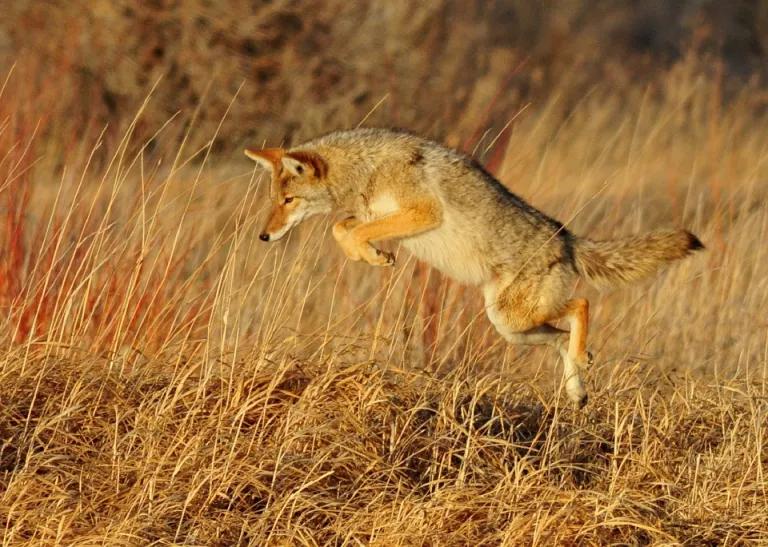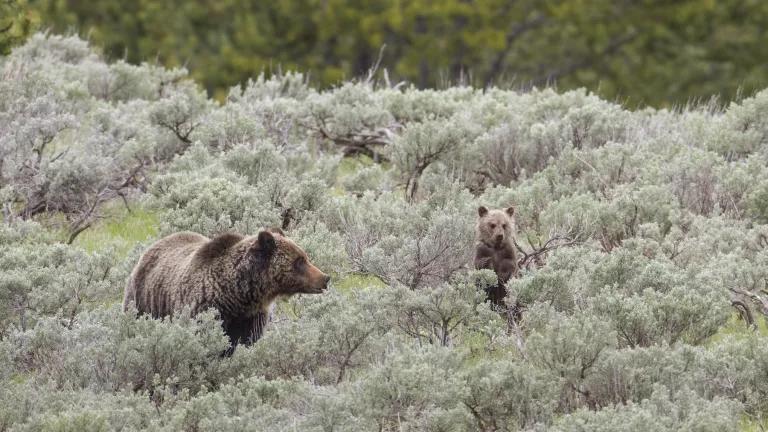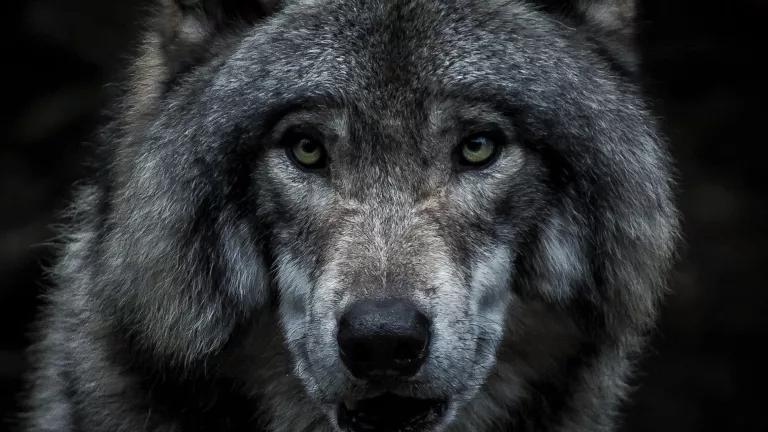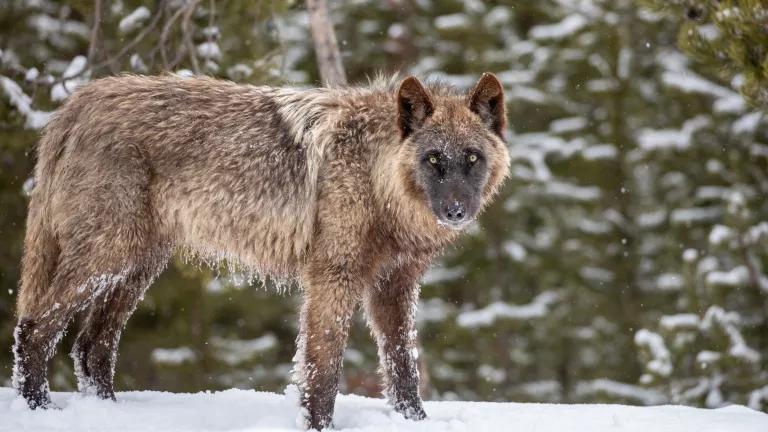
Montana is renowned for offering uniquely powerful encounters with the natural world, including both landscapes and wildlife.
Photo @ CC0
Each year, upwards of thirty wildlife killing contests take place across Montana, with many of these contests having recently occurred over the last two or three months. Killing contests target animals like coyotes, foxes, wolves, badgers, porcupines and raccoons with the goal of killing as many animals as possible within a given time frame in exchange for cash or prize rewards. While killing contests are surprisingly pervasive across Montana and many other states, the practice is antiquated and unjustifiable. These contests have no place in a state that embraces regulated recreational hunting and a reputation for being wild and natural. A recently introduced Senate Bill (186) would help restrict this kind of indiscriminate and needless killing in the state, bringing overdue changes that would better reflect the progress Montana has made towards ethical and science-based wildlife management.
During systematic colonization of the U.S., uninhibited exploitation of the environment and killing of wildlife were used to subdue the wildness of the land and make way for a growing population of European settlers. Over time, however, unlimited killing of wildlife became viewed as a threat to our public resources and our way of life. Given the value many people place on our wildlife heritage today, it’s surprising that contests promoting limitless and wasteful killing of wildlife take place on Montana’s public and private lands. Predator species are often targeted in these contests, which are legal in most states and generally go unmonitored by state wildlife management agencies, even when many other types of wildlife are afforded protection or managed through regulated hunting seasons.
Indiscriminate and unfettered killing of native predators runs counter to our current understanding of the economic and ecological value of these species. Lessons from the era of over-exploitation have led to a more systematic, scientific approach to fish and wildlife management. The rapidly growing body of wildlife sciences has taught us that native carnivores and many other types of wildlife play critical roles in maintaining ecosystem health. Coyotes, for example, help to keep smaller animals like rodent populations in check, control disease transmission, clean up animal carrion, and contribute to biodiversity and ecosystem functioning. Evidence also suggests that removing a certain number of predators from an ecosystem can result in disruptions to their social structures that can ultimately lead to increased conflicts between these animals and livestock, pets or people. Predator killing contests disregard these lessons from wildlife ecology.

Coyotes, like many other types of wildlife, play an important role in maintaining ecosystem health.
Photo@CC0
These contests also violate tenets of modern-day hunting. Hunters have developed their own ethical codes of conduct based upon the principles of fair chase and an emphasis on protecting wildlife and the environment for the future. For example, The Boone and Crockett Club asserts — in alignment with the North American Model of Wildlife Conservation — that wildlife should not be used frivolously; that there should be legitimate reasons for killing wildlife; and that casual killing, wasting and mistreatment of wildlife should be restricted. Of course, predators are wildlife, too. Despite being widely used as a scapegoat for imbalanced game populations, scientific evidence has consistently shown that predators do not have as significant an impact on game animals as habitat availability, hunting pressure, and other human factors.
Both hunting groups and wildlife managers have spoken out against killing contests, saying that winners of contests are not selected for their skill as hunters, but for body counts or size of animals — largest and/or smallest. There are few restrictions on how animals may be killed, and, in some cases, vehicles can be used to chase down target wildlife. Furthermore, the bodies of the animals killed are generally wasted. A recent article in Mountain Journal summarized the concerns of many hunters and wildlife managers who assert that killing contests reflect negatively on and undermine the hunting community as a whole.

Many hunters value the quality of their experience in nature over the quantity of animals killed.
Some predator killing contests are promoted as helping to rid the environment of animals that can pose a threat to livestock. However, mounting scientific evidence shows that indiscriminate killing of wildlife is not an effective or long-term solution to human-wildlife conflicts. We are fortunate to have better tools for managing human-wildlife conflicts today with demonstrable benefits. NRDC — and many other agencies and groups — have been working to support rural communities by identifying and implementing real-world, long-term solutions that protect people’s livelihoods by getting ahead of wildlife conflicts. We recognize that, in response to chronic wildlife-human conflicts and issues of safety, lethal removal may be warranted when it is targeted, humane and responsive to the root cause of the conflict, rather than the symptoms; but killing contests are none of these.
Legislation like Senate Bill 186 will help reinforce the value of native predators and the progress we have made towards more balanced and scientific wildlife management. Let’s look towards the future armed with the best knowledge we have available today, and ensure needless and unrestricted killing of wildlife remains a thing of the past.



